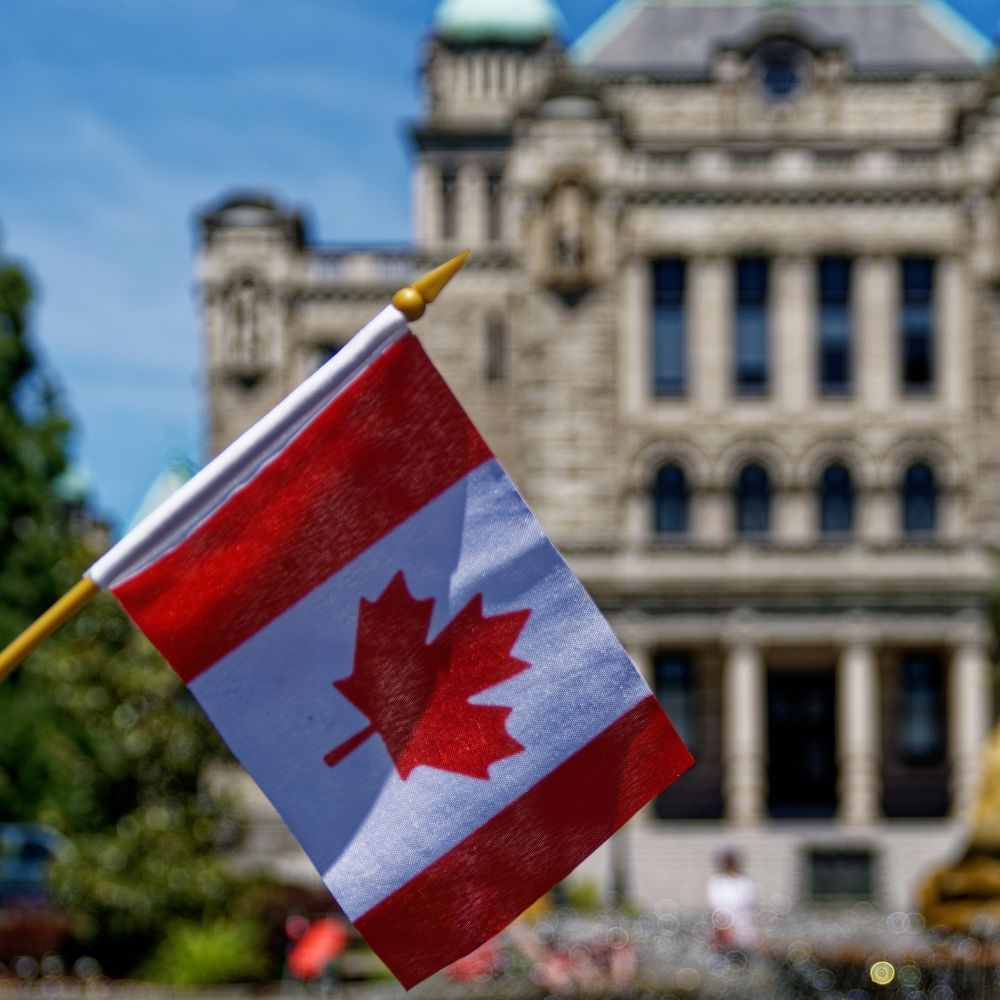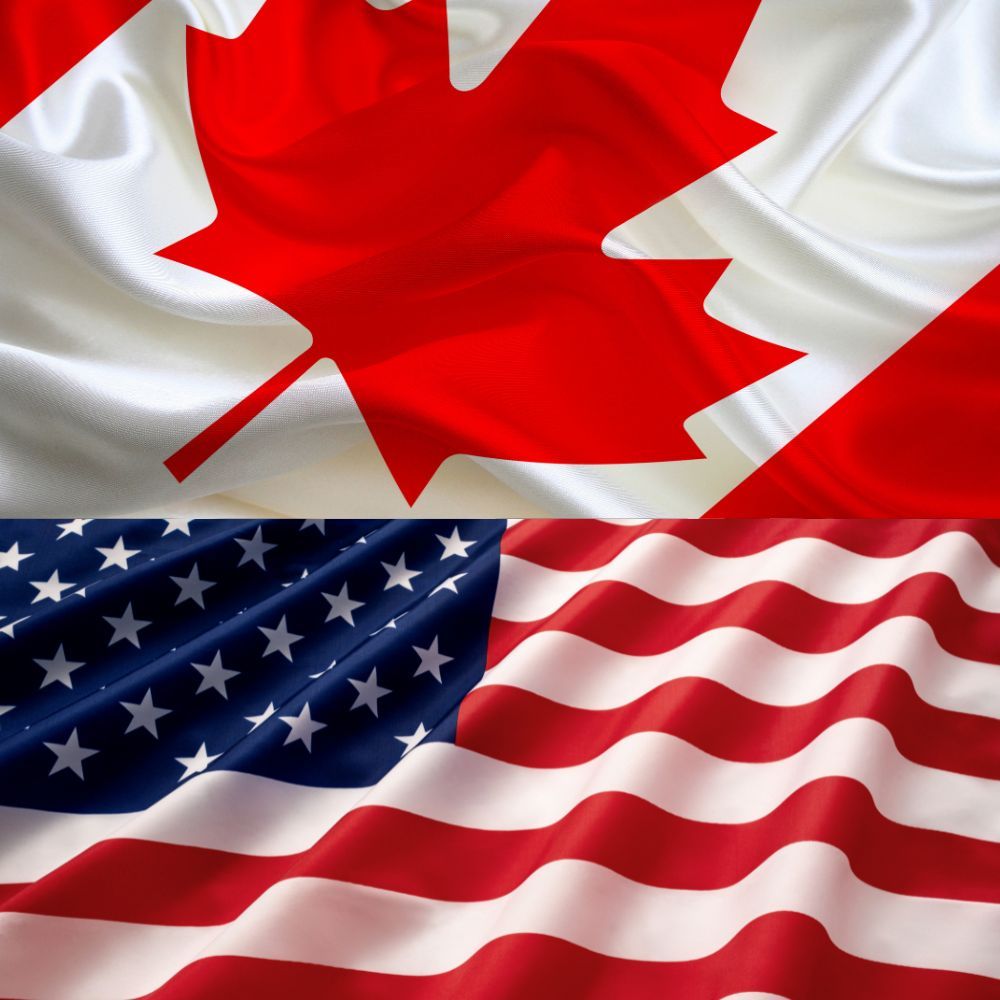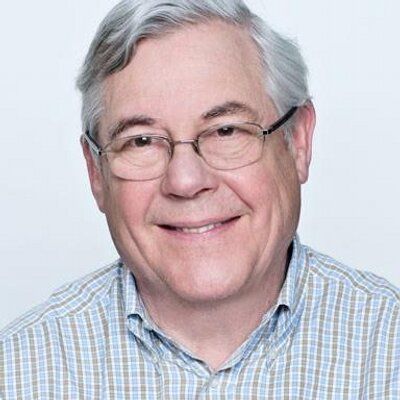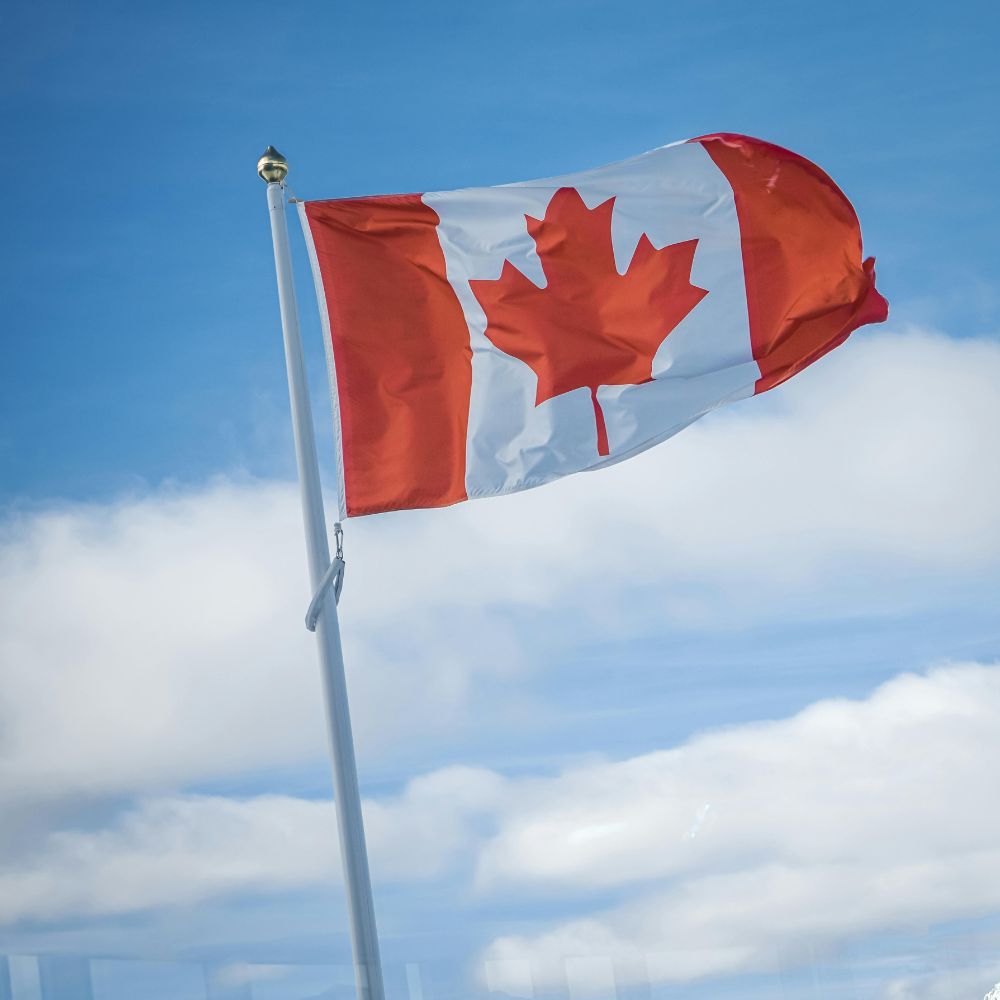Why Trudeau is Staying No Matter What
Inexplicable times for sad Liberals. An almost universally disliked Prime Minister who is convinced he alone can save Canada from the dangerous Pierre Poilievre and nobody is going to convince him otherwise. Not the pathetic group of 24 anonymous MP’s who penned a letter urging him to resign, not His former campaign director Jeremy Broadhurst or a few cabinet friends who suggested to him it was time. Not anyone in his loyal Cabinet. The Polls show a vast majority of Canadians want him to resign, yet he is still PM.
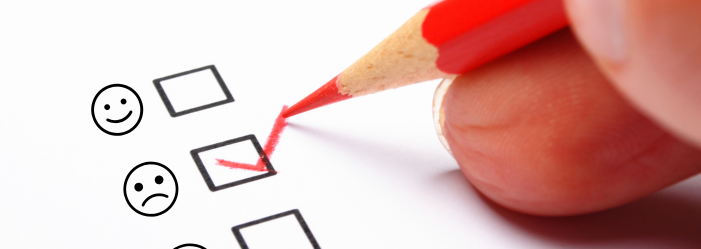
The reasons for this suicidal loyalty are simple. As former CBC Ottawa Bureau Chief Rob Russo said recently on CBC TV’s Power and Politics: “He made a bunch of nobodies into somebodies.” Of the 39 current cabinet ministers the vast majority came out of relative obscurity to the first Trudeau cabinet of 2015, and only Bill Blair and perhaps Steven Guilbeault had major public profiles, Blair as Toronto’s police chief and Guilbeault as a well-known Quebec environmental activist. Chrystia Freeland was a high-profile journalist and editor here and abroad.
The huge Prime Minister's Office of course owe their jobs to Justin and enjoy a power far beyond that of previous PMO’s. Hard to give up. They even appoint the key players, the chiefs of staff in Cabinet Ministers offices. Imagine a Minister who knows the loyalty of his key staffer is divided between the Minister and the PMO! This PMO muscle flexing was unknown in my time at the PMO and its effects on delaying or killing the flow of ideas is serious.
Lloyd Axworthy a powerful cabinet Minister in the Chretien government bewailed this practice in a recent Toronto Star piece: “Bill Blair at the inquiry into foreign interference inquiry revealed that he was unaware his chief of staff, appointed by the Prime Minister’s Office (PMO), had been holding a high-priority request from CSIS for his signature for weeks. Blair further admitted he wasn’t troubled by this clear lapse in ministerial responsibility. This shocking revelation underscored how the role of a minister has been undermined in recent years.” We might even assume that the chief of staff was acting after consulting the PMO.
Most of us are unaware of how much power is concentrated in the Prime Minister’s Office. A 2007 study of 22 OECD countries found that Prime Ministers in Canada held more power than in any other country.
Andrew Coyne in a wonderful column recently described the inability of MP's to strongly urge the PM to reign this way: “Here they are too terrified in their desperation to rid themselves of a leader who has taken the party to the brink of annihilation, to so much as say their own names, lest the wrath of His Awful Majesty or his Most Awful Chief of Staff come down upon them.”
The chief referred to is of course Katie Telford a tactician whose early work was largely in Ontario politics. She takes credit for her organizational role in the 2015 election victory and has managed to outlive any previous Chief or Principal secretary to a PM by many years. She runs an office of hundreds who are credited by Ministers of running an effective bottleneck for approvals of new policies or initiatives by Cabinet members that are forced to pass through her bureaucracy.
She also runs an effective screening of calls to the PM. Few get through to an increasingly isolated introverted PM. There is story that even former PM jean Chretien could not get through the gatekeepers. Certainly, face to face or telephone calls with MP’s are very rare.
Her huge “communications” section pumps out floods of daily releases occasionally of important appointments but more often vacuous tomes celebrating days like United Nations Day, Small Business Week, Persons Day or International Day of the Girl. The senior people in this office keep every MP and cabinet Minister “on message”. The PMO ever adjusting mantra focuses on the well worn Trudeau promise to help the “middle class and those working hard to join” it, and “continuing” such endlessly repeated initiatives as child care, housing construction, dental care, school food programs etc. “Investing in Canadians rather than cutting programs as promised by the Conservatives” Is the pitch falling on deaf ears.
Interestingly the few dissident MP’s who spoke on record all bemoaned the lack of a new “plan” to win back support for the Liberals. A few days ago, one of the daily pitches for money from the Liberals landed in my e-mail, this one from Andrew Bevan, the newly appointed National Campaign Director: “I couldn’t be more excited to join the only team with a real plan to make life more affordable, strengthen our public health care, take bold climate action, and grow the middle class.” It appears that more of the same is the “plan”! His first TV ad reflects this.
I’ve pointed out before that we should not shy from looking into Trudeau’s private life to see why there has been so little positive convincing action to show real concern for suffering Canadians in the past year. Why the PMO has been largely reactionary. Truth could be that Trudeau could hardly not be affected by his marriage breakup and the effect it has had on his kids. He is human.
Pundits have asked why there should not be a change at the top if Canadians have spoken loudly for the need for change. Fresh blood in the PMO seems unlikely, however needed. Trudeau is very loyal to those who brought him to where he is, even if he feels the loss of his more policy oriented Principal Secretary Gerald Butts who was a victim of the SNC Lavalin affair.
The largest exempt staff army in Canadian history is unlikely to birth new ideas. They have been appointed by the PMO and are largely young loyal Liberals. They and their Ministers rely increasingly on consultants to produce policy papers. Little chance of breakthrough ideas here.
So, what do we have going forward. A PM whose “intoxication” with power won’t give it up and a supine Cabinet and caucus afraid to challenge him and a paucity of new thinking or plans to win back Canadians who have already made up their minds about the PM and the Liberals. The captain goes down fighting with his ship. The contrast with the renewal of the democrats in the US is depressing indeed.
Patrick Gossage Insider Political Views
